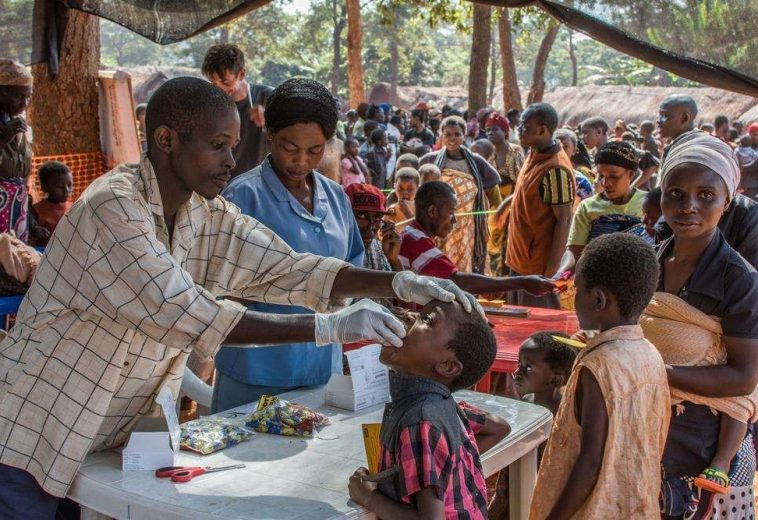Road safety is a pressing global issue, with road traffic injuries ranking as a leading cause of death worldwide. Globally, approximately 1.3 million people die each year as a result of road traffic injuries, making it a leading cause of death across all age groups.
The devastating consequences of road traffic crashes extend far beyond the loss of life and disability, also resulting in significant economic losses for individuals, families, and nations. These losses arise from substantial costs related to treatment, lost productivity due to death and disability, and the adverse effects on household income.
In Africa, an approximate 269,000 fatalities occur annually, according to the World Health Organization’s 2023 report. The fatality rate is 26.6 per 100,000 population, exceeding the global average by 8.4 per 100,000 population.
The high fatality rate in Africa is largely attributed to a complex array of factors, including substandard road infrastructure, inadequate enforcement of traffic laws, and the widespread prevalence of unsafe road user behaviours. WHO reports that only 25% of African roads are paved, compared to 90% in high-income countries. This high rates of accidents often coincides with regions having the poor road conditions and even poorer infrastructure.
According to the World Health Organization’s (WHO) 2023 report, low and middle-income countries bear the brunt of these fatalities, with Africa being particularly affected.
Investment, Impacts in Road Safety Initiatives
African nations have acknowledged the pressing need to address road safety, prompting momentous investments in various initiatives to reduce road traffic injuries. In 2023, the total expenditure on road safety measures across the continent was estimated at $5 billion. These investments have focused on upgrading road infrastructure, refining traffic management systems, and launching public awareness campaigns to promote road safety. The continent has seen a decline in road traffic fatalities, contributing to around 15% of the 1.19 million reductions in global road traffic deaths.
Most African countries have implemented road safety initiatives that have yielded substantial economic benefits, as well as a reduction in road traffic injuries. By investing in improved road infrastructure, stricter enforcement of traffic laws, and effective public awareness campaigns, these nations have saved human lives and reduced healthcare costs. According to estimates, these initiatives have resulted in annual savings of approximately $10 billion in costs related to road traffic injuries.
Rwanda and South Africa are notable examples of successful road safety initiatives. Rwanda’s implementation of stricter traffic laws and enhanced road infrastructure has led to a 20% decrease in road fatalities over the past five years. South Africa’s introduction of the National Road Safety Strategy has also resulted in improved road safety awareness and a decline in road traffic deaths. These successes demonstrate the potential for African countries to achieve significant improvements in road safety through targeted initiatives.
The WHO’s 2023 report highlights the urgent need for continued investment and collaborative efforts to improve road safety in Africa. While significant progress has been made in certain regions, much work remains to be done to reduce the high rates of road traffic deaths across the continent.


